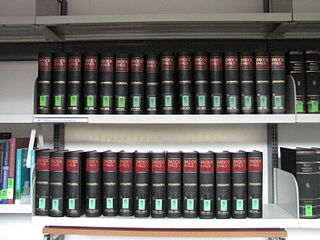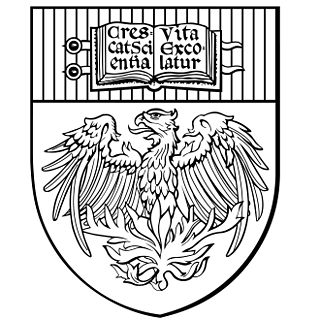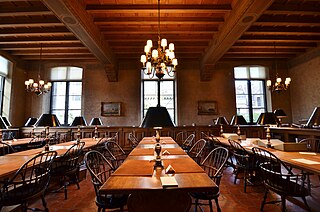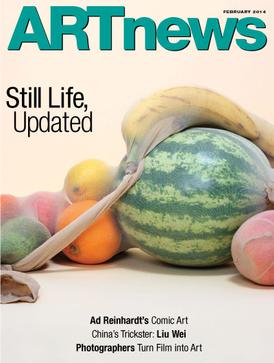
A reference work is a non-fiction work, such as a paper, book or periodical, to which one can refer for information. The information is intended to be found quickly when needed. Such works are usually referred to for particular pieces of information, rather than read beginning to end. The writing style used in these works is informative; the authors avoid opinions and the use of the first person, and emphasize facts.

Stamp collecting is the collecting of postage stamps and related objects. It is an area of philately, which is the study of stamps. It has been one of the world's most popular hobbies since the late nineteenth century with the rapid growth of the postal service, as a stream of new stamps was produced by countries that sought to advertise their distinctiveness through their stamps.

Publishing is the activity of making information, literature, music, software, and other content available to the public for sale or for free. Traditionally, the term refers to the creation and distribution of printed works, such as books, comic books, newspapers, and magazines. With the advent of digital information systems, the scope has expanded to include digital publishing such as ebooks, digital magazines, websites, social media, music, and video game publishing.

Art & Language is an English conceptual artists' collaboration that has undergone many changes since it was created around 1967. The group was founded by artists who shared a common desire to combine intellectual ideas and concerns with the creation of art, and included many Americans.

Book collecting is the collecting of books, including seeking, locating, acquiring, organizing, cataloging, displaying, storing, and maintaining whatever books are of interest to a given collector. The love of books is bibliophilia, and someone who loves to read, admire, and a person who collects books is often called a bibliophile but can also be known as an bibliolater, meaning being overly devoted to books, or a bookman which is another term for a person who has a love of books.

A slide library is a library that houses a collection of photographic slides, either as a part of a larger library or image archive, or standing alone within a larger organization, such as an academic department of a college or university, a museum, or a corporation. Typically, a "slide library" contains slides depicting artwork, architecture, or cultural objects, and is typically used for the study, teaching, and documentation of art history, architectural history, and visual culture. Other academic disciplines, such as biology and other sciences, also maintain image collections akin to slide libraries. Corporations may also have image libraries to maintain and document their publications and history. Increasingly, these types of libraries are known as "Visual Resources Collections," as they may be responsible for all "visual" materials for the study of a subject and include still and moving images in a variety of physical and virtual formats. They may contain:
The bibliographical definition of an edition is all copies of a book printed from substantially the same setting of type, including all minor typographical variants.

A chapbook is a type of small printed booklet that was popular medium for street literature throughout early modern Europe. Chapbooks were usually produced cheaply, illustrated with crude woodcuts and printed on a single sheet folded into 8, 12, 16, or 24 pages, sometimes bound with a saddle stitch. Printers provided chapbooks on credit to chapmen, who sold them both from door to door and at markets and fairs, then paying for the stock they sold. The tradition of chapbooks emerged during the 16th century as printed books were becoming affordable, with the medium ultimately reaching its height of popularity during the 17th and 18th centuries. Different ephemera and popular or folk literature were published as chapbooks, such as almanacs, children's literature, folklore, ballads, nursery rhymes, pamphlets, poetry, and political and religious tracts. The term chapbook remains in use by publishers to refer to short, inexpensive booklets.
Comic book collecting is a hobby that treats comic books and related items as collectibles or artwork to be sought after and preserved. Though considerably more recent than the collecting of postage stamps (philately) or books (bibliophilia), it has a major following around the world today and is partially responsible for the increased interest in comics after the temporary slump experienced during the 1980s.

Fraktur is a highly artistic and elaborate illuminated folk art created by the Pennsylvania Dutch, named after the Fraktur script associated with it. Most Fraktur were created between 1740 and 1860.
Comic book price guides are typically published on a monthly, quarterly, or yearly basis and provide comprehensive information about the fluctuations in the resale value of comics over a specific duration. These guides play a crucial role for collectors who intend to sell their collection or require an estimate of their collection's value for insurance purposes.

The University of Chicago Press is the university press of the University of Chicago, a private research university in Chicago, Illinois. It is the largest and one of the oldest university presses in the United States. It publishes a wide range of academic titles, including The Chicago Manual of Style, numerous academic journals, and advanced monographs in the academic fields. The press is located just south of the Midway Plaisance on the University of Chicago campus.

Phaidon Press is a global publisher of books on art, architecture, design, fashion, photography, and popular culture, as well as cookbooks, children's books, and travel books. The company is based in London and New York City, with additional offices in Paris and Berlin. With over 1,500 titles in print, Phaidon books are sold in over 100 countries and are printed in English, French, Spanish, German, Italian, Mandarin, and dozens of other languages. Since the publisher's founding in Vienna in 1923, Phaidon has sold almost 50 million books worldwide.

The Frick Art Reference Library is the research arm of the Frick Collection. It is typically located at 10 East 71st Street on the Upper East Side of Manhattan in New York City. As of 2021, the library's reference services have temporarily relocated to 945 Madison Avenue.

ARTnews is an American art magazine, based in New York City. It covers visual arts from ancient to contemporary times. It is the oldest and most widely distributed art magazine in the world. ARTnews has a readership of 180,000 in 124 countries. It includes news dispatches from correspondents, investigative reports, reviews of exhibitions, and profiles of artists and collectors.

The National Art Library (NAL) is a major reference library, situated in the Victoria and Albert Museum (V&A), a museum of decorative arts in London. The NAL holds the UK's most comprehensive collection of both books as art and books about art, which includes many genres and time periods. The NAL is open to the public, and as a closed reference library, items must be requested through the staff and cannot be removed from the reading room. The collections cover a wide range of art and design topics, including books about artists and art techniques, and consists of many different collections materials, including archival materials, artist's books, and children's literature. The library also serves as the museum's curatorial department for book arts. As a reference library, the NAL also serves as a training library for students, curators and museum staff, and the public.

Anthony Askew (1722–1774) was an English physician and is best known for having been a book collector. His collection was purchased by the British Museum and books purchased by George III of Great Britain were added to the King's Library.

William Young Ottley was a British collector of and writer on art, amateur artist, and Keeper of the Department of Prints and Drawings at the British Museum. He was an early English enthusiast for 14th- and 15th-century Italian art, or the "Italian Primitives" as they were then often called. He spent the 1790s based in Rome, where he bought much art; this was sold for a considerable profit in 1801 after his return to London.
William Collins, Sons & Co., often referred to as Collins, was a Scottish printing and publishing company founded by a Presbyterian schoolmaster, William Collins, in Glasgow in 1819, in partnership with Charles Chalmers, the younger brother of Thomas Chalmers, the minister of Tron Church in Glasgow.
James Thomson Gibson-Craig was a Scottish book collector and writer to the Signet.














